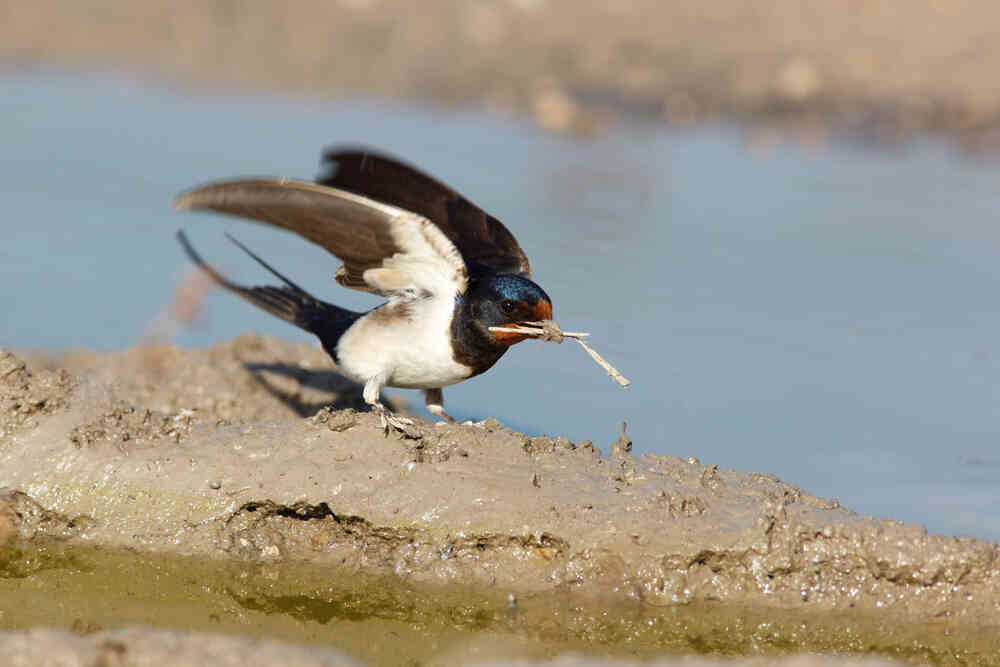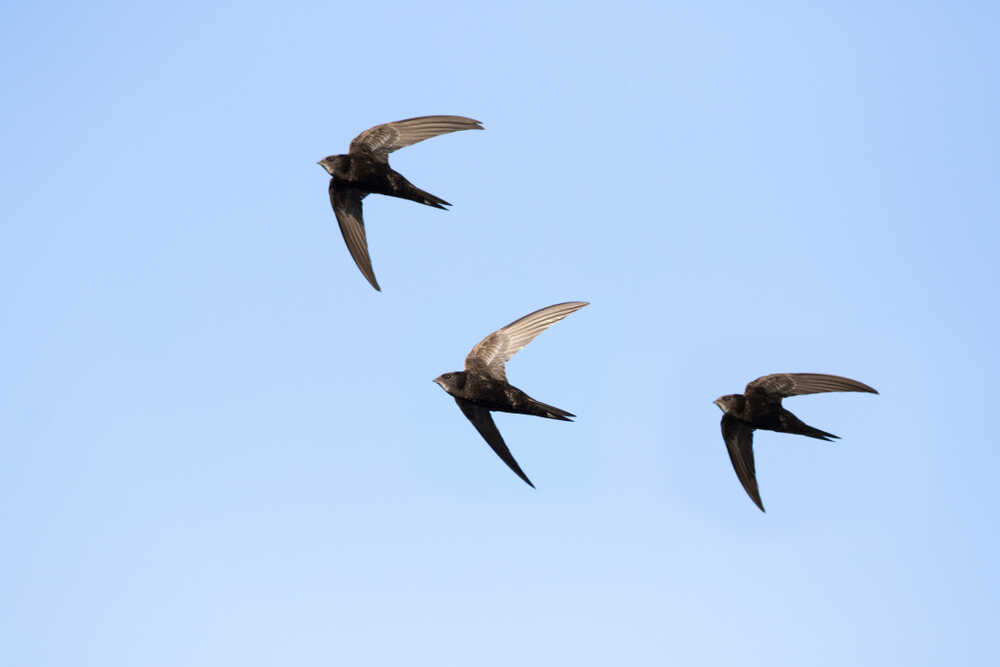The summer months in the United Kingdom bring with them a vibrant display of bird species that migrate from different parts of the world.
These winged travelers make remarkable journeys, some spanning thousands of miles, to enjoy the favorable climate and abundant food resources offered by the UK’s diverse habitats.
In this article, we will explore several migratory birds that grace the British Isles during the summer, highlighting their origins, travel distances, and fascinating facts about their annual visits.

Table of Contents
Swallow (Hirundo rustica):
One of the most iconic summer visitors to the UK is the swallow. These small, agile birds fly all the way from sub-Saharan Africa, covering an impressive distance of approximately 6,000 miles.
Swallows are known for their distinctive forked tails and their ability to catch insects on the wing.
Interestingly, swallows often return to the same breeding sites year after year, displaying remarkable site fidelity.
Swift (Apus apus):
The swift is another aerial acrobat that graces the UK during the summer.
These birds undertake a remarkable migration from Africa, where they spend the winter, to breed in the UK.
Swifts are incredibly fast flyers, reaching speeds of up to 70 miles per hour.
They spend almost their entire lives on the wing, even sleeping and mating in flight.
Swifts return to the same nesting sites, often using crevices in buildings.

Willow Warbler (Phylloscopus trochilus):
The melodious song of the willow warbler can be heard in the UK’s woodlands and gardens during the summer.
These small, olive-green birds migrate all the way from sub-Saharan Africa, covering around 3,000 miles.
Despite their tiny size, they undertake an incredible journey, often navigating across vast stretches of desert.
Willow warblers are known for their elaborate songs and nest-building skills, constructing delicate cup-shaped nests in low shrubs.
Common Tern (Sterna hirundo):
The common tern is a graceful seabird that migrates to the UK’s coasts and wetlands during the summer.
These elegant birds travel from West Africa, covering distances of over 4,000 miles.
Common terns have a distinctive black cap and a slender body built for aerial hunting.
They plunge-dive into the water to catch fish, and interestingly, they often return to the same colony and nesting site each year.
Cuckoo (Cuculus canorus):
The familiar call of the cuckoo heralds the arrival of summer in the UK.
These charismatic birds migrate from their wintering grounds in Africa, covering around 4,000 miles.
The cuckoo has a unique reproductive strategy, laying its eggs in the nests of other bird species, such as reed warblers or meadow pipits.
The host species unknowingly raise the cuckoo chicks, which eventually outcompete the host’s own offspring.
Chiffchaff (Phylloscopus collybita):
The chiffchaff is a small, insectivorous bird that arrives in the UK during the summer months.
These birds undertake a relatively short migration from southern Europe and North Africa, traveling approximately 1,000 miles.
Chiffchaffs are named after their distinctive “chiff-chaff” song.
They often return to the same breeding territories, with some individuals showing strong site fidelity.
Whitethroat (Sylvia communis):
The whitethroat is a delightful songbird that breeds in the UK’s grasslands and scrub habitats during the summer.
These birds migrate from their wintering grounds in sub-Saharan Africa, covering a distance of around 3,000 miles.
Male whitethroats are known for their melodious songs, which they use to defend their territories and attract mates.
They often return to the same breeding sites, favoring dense bushes and hedgerows.
Final thoughts…
The UK’s summer is a time of avian abundance, with a wide variety of migratory birds making their way to these shores.
From the aerial acrobatics of swallows and swifts to the melodic songs of warblers, each species brings its unique charm and contribution to the ecosystem.
The journeys undertaken by these birds are awe-inspiring, with some traveling thousands of miles to return to familiar breeding sites.
As summer approaches, keep an eye out for these delightful visitors, and appreciate the marvel of migration happening right in our midst.
